 555 timer IC Based Simple Servo Controller
555 timer IC Based Simple Servo Controller
Servos became valuable products for any variety of plans, like robotics, automation or only remotely controlling some thing, for example model vehicle steering. Theyre reasonably low-priced and also simple to have hold of, however controlling them can be a little challenging while they requrie specific moment to control the output to advance into a preferred position.
Almost all servos use a 50Hz refresh rate (20ms) for level a beat of among 1 and 2ms is required to control the output to advance among -45degrees and +45degrees.
THE 555 timer may be used to control the output using a simple circuit and modified employing a potentiometer.
The circuit is quite self instructive. We start using a 555 timer IC to build the pulse each 20ms which has a responsibility cycle of among 5 and 10% (1-2ms). All of the components employed are common components. You are able to drive several servos with the identical signal by using circuit to all or any have same output or create multiple driver circuits to control several servos to various outputs.
Servos run with a voltage among 5 and 6V, dont exceed this or you can injury them. Although the 555 timer could operate up to 15V.
Also be aware that servos require much current when commanding them also to maintain a location below load, this is around several amps! And so make notice of the while creating your electrical power supply.




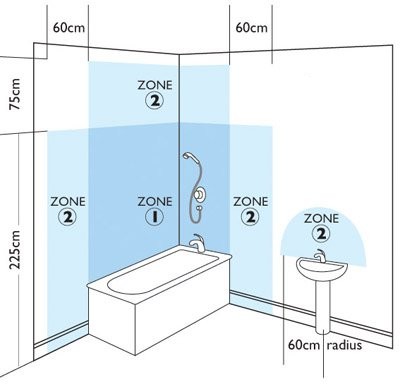



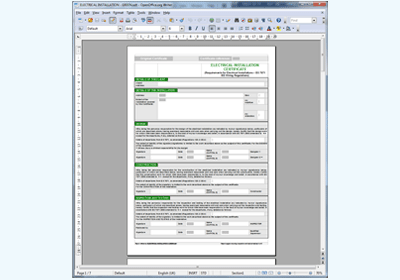
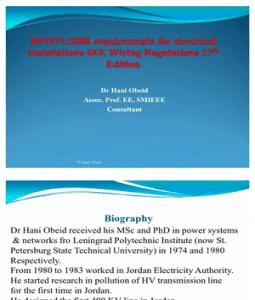




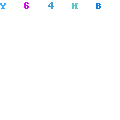

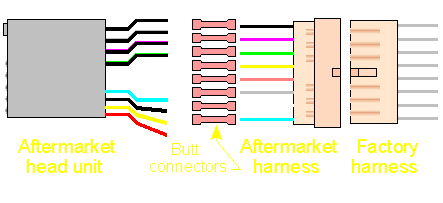







 T2 was added to prevent battery discharge via R1 if no power present. P1 can adjust the output voltage between 13.5 and 14.5 volts. R4s value can be adjusted to accommodate a bit larger or smaller window. D1 is a large power-diode, 100V PRV @ 3 amp. Bigger is best but I dont recommend going smaller. The LM350s adjust pin will try to keep the voltage drop between its pin and the output pin at a constant value of 1.25V. So there is a constant current flow through R1. Q1 act here as a temperature sensor with the help of components P1/R3/R4 who more or less control the base of Q1. Since the emitter/base connection of Q1, just like any other semiconductor, contains a temperature coλficient of -2mV/°C, the output voltage will also show a negative temperature coλficient.
T2 was added to prevent battery discharge via R1 if no power present. P1 can adjust the output voltage between 13.5 and 14.5 volts. R4s value can be adjusted to accommodate a bit larger or smaller window. D1 is a large power-diode, 100V PRV @ 3 amp. Bigger is best but I dont recommend going smaller. The LM350s adjust pin will try to keep the voltage drop between its pin and the output pin at a constant value of 1.25V. So there is a constant current flow through R1. Q1 act here as a temperature sensor with the help of components P1/R3/R4 who more or less control the base of Q1. Since the emitter/base connection of Q1, just like any other semiconductor, contains a temperature coλficient of -2mV/°C, the output voltage will also show a negative temperature coλficient. That one is only a factor of 4 larger, because of the variation of the emitter/basis of Q1 multiplied by the division factor of P1/R3/R4. Which results in approximately -8mV/°C. To prevent that sensor Q1 is warmed up by its own current draw, I recommend adding a cooling rib of sorts. (If you wish to compensate for the battery-temperature itself, then Q1 should be mounted as close on the battery as possible) The red led (D2) indicates the presence of input power.Depending on what type of transistor you use for Q1, the pads on the circuit board may not fit exactly (in case of the BD140).
That one is only a factor of 4 larger, because of the variation of the emitter/basis of Q1 multiplied by the division factor of P1/R3/R4. Which results in approximately -8mV/°C. To prevent that sensor Q1 is warmed up by its own current draw, I recommend adding a cooling rib of sorts. (If you wish to compensate for the battery-temperature itself, then Q1 should be mounted as close on the battery as possible) The red led (D2) indicates the presence of input power.Depending on what type of transistor you use for Q1, the pads on the circuit board may not fit exactly (in case of the BD140).





